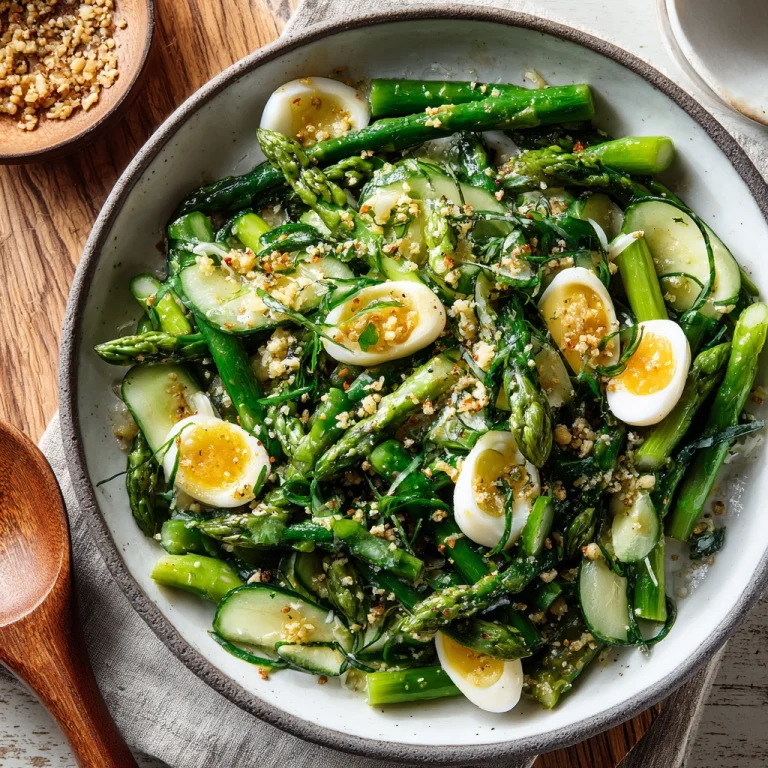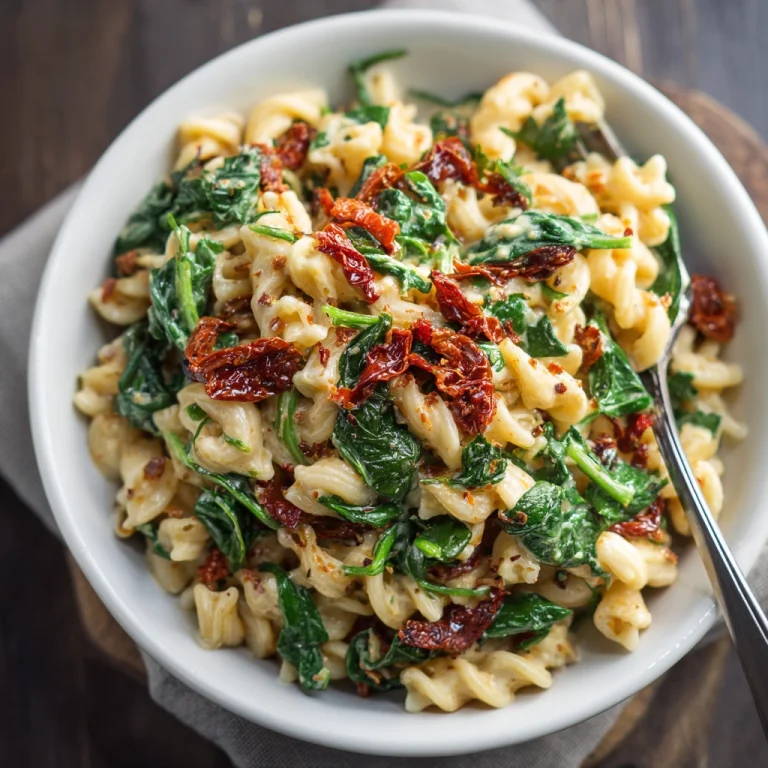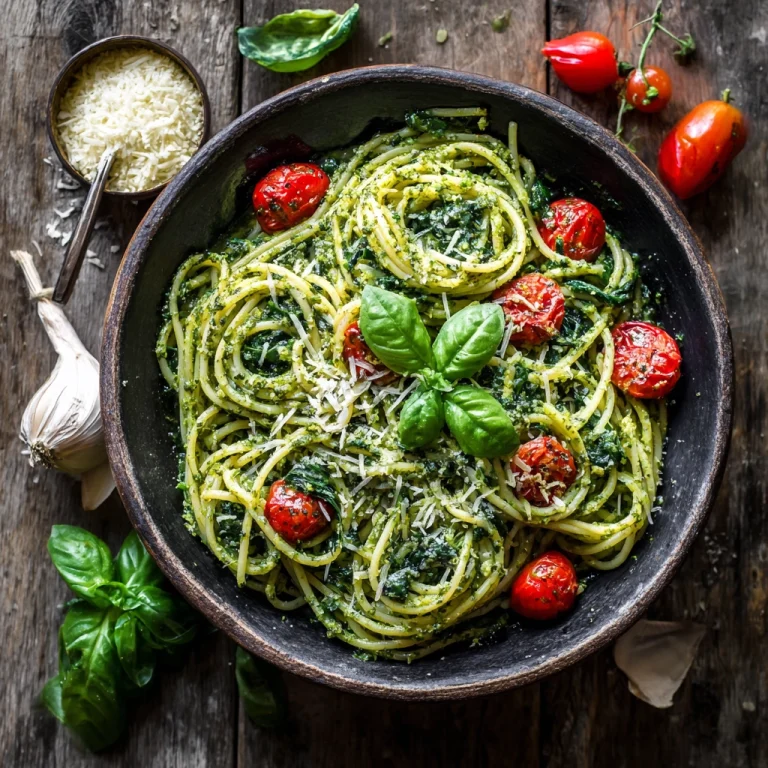Perfect Homemade Croissant Recipe: Flaky, Buttery, and Irresistible
The aroma of freshly baked Croissant Recipe can instantly transport anyone to a cozy Parisian café, where the golden, flaky layers melt in your mouth with every bite. Making croissants at home might seem like a daunting task, but the process is as rewarding as the result. Each fold, roll, and rise brings you closer to mastering one of the most beloved pastries in the world.
Homemade croissants are far more satisfying than store-bought versions — you control the quality of ingredients, the richness of the butter, and the crispness of the crust. The result? A perfectly layered pastry that’s tender inside and beautifully golden outside. Whether enjoyed plain, filled with chocolate, or paired with a hot cup of coffee, croissants make any morning feel special.

Ingredients Needed
Below is a list of ingredients you’ll need for your croissant dough, along with their approximate calorie counts per serving. These values may vary depending on the brand and portion sizes.
| Ingredient | Quantity | Calories (Approx.) |
|---|---|---|
| All-purpose flour | 4 cups (500 g) | 1,820 kcal |
| Unsalted butter (cold) | 1 cup (225 g) | 1,620 kcal |
| Whole milk (warm) | 1 cup (240 ml) | 150 kcal |
| Granulated sugar | 1/4 cup (50 g) | 200 kcal |
| Active dry yeast | 2 ¼ tsp (7 g) | 25 kcal |
| Salt | 1 tsp (6 g) | 0 kcal |
| Egg (for egg wash) | 1 large | 70 kcal |
| Water | 2 tbsp (30 ml) | 0 kcal |
Step-by-Step Cooking Instructions
1. Activate the Yeast: Warm the milk until it’s slightly above room temperature (not hot). Add the sugar and yeast, then let it sit for about 5–10 minutes until frothy. This step ensures the yeast is active and ready to help your dough rise.
2. Make the Dough: In a large mixing bowl, combine the flour and salt. Pour in the yeast mixture and stir until a dough begins to form. Knead for about 5–7 minutes until smooth and elastic. Shape it into a ball, cover it with plastic wrap, and chill it for 30 minutes.
3. Prepare the Butter Block: Place your cold butter between two sheets of parchment paper. Using a rolling pin, flatten it into a 6×6-inch square. Chill it while your dough rests.
4. Laminate the Dough (The Folding Process): Roll your chilled dough into a 10×10-inch square. Place the butter block in the center at a diagonal angle (like a diamond). Fold the corners of the dough over the butter, sealing it completely.
Roll the dough into a long rectangle (about 8×24 inches), then fold it into thirds like a letter. This is your first fold. Chill for 30 minutes. Repeat this process two more times for a total of three folds, chilling between each fold. This step creates the signature flaky layers.
5. Shape the Croissants: After the final chill, roll the dough into a large rectangle about 1/4 inch thick. Cut it into long triangles. Gently stretch each triangle and roll it from the base to the tip to form the classic crescent shape. Place them on a baking tray lined with parchment paper.
6. Proof the Croissants: Cover the shaped croissants loosely with plastic wrap or a clean kitchen towel. Let them rise in a warm spot for about 1–2 hours, or until they double in size and feel light to the touch.
7. Bake to Perfection: Preheat your oven to 400°F (200°C). Brush each croissant with beaten egg for a glossy finish. Bake for 15–18 minutes, or until golden brown and beautifully puffed. Let them cool slightly before serving.
Tips for Customizing the Recipe
- Add Chocolate or Almond Filling: Spread melted chocolate or almond paste before rolling the dough for a delicious twist.
- Use Whole Wheat Flour: For a slightly healthier version, substitute half of the flour with whole wheat flour.
- Infuse the Butter: Mix softened butter with herbs, garlic, or citrus zest for a unique, aromatic flavor.
- Make Mini Croissants: Use smaller triangles for bite-sized croissants, perfect for brunch platters or parties.
- Freeze for Later: Freeze unbaked croissants after shaping; bake them straight from frozen when needed.

Nutritional Information (Per Croissant)
| Nutrient | Amount (Approx.) |
|---|---|
| Calories | 280 kcal |
| Total Fat | 17 g |
| Saturated Fat | 10 g |
| Carbohydrates | 26 g |
| Sugar | 4 g |
| Protein | 5 g |
| Fiber | 1 g |
| Sodium | 180 mg |
Serving Suggestions
- Classic French Style: Enjoy with butter and fruit jam alongside a hot café au lait.
- Savory Twist: Slice and fill with ham, cheese, or scrambled eggs for a hearty breakfast sandwich.
- Dessert Delight: Serve warm with a drizzle of honey or a scoop of vanilla ice cream.
- Party Platter: Cut mini croissants in half and fill with smoked salmon, cream cheese, or brie for an elegant appetizer.
Perfect Homemade Croissant Recipe: Flaky, Buttery, and Irresistible
12 croissants
servings1
hour30
minutes18
minutes280
kcalIngredients
IngredienttQuantity
All-purpose flourt4 cups (500 g)
Unsalted butter (cold)t1 cup (225 g)
Whole milk (warm)t1 cup (240 ml)
Granulated sugart¼ cup (50 g)
Active dry yeastt2¼ tsp (7 g)
Saltt1 tsp (6 g)
Egg (for egg wash)t1 large
Watert2 tbsp (30 ml)
Directions
- Step 1: Activate the Yeast
- Warm the milk until it’s slightly above room temperature. Stir in sugar and yeast. Let sit for 5–10 minutes until frothy and bubbly.
- Step 2: Prepare the Dough
- In a large bowl, combine flour and salt. Pour in the yeast mixture and mix until a soft dough forms. Knead for 5–7 minutes until smooth and elastic. Shape into a ball, cover, and chill for 30 minutes.
- Step 3: Make the Butter Block
- Flatten cold butter between two sheets of parchment paper into a 6×6-inch square. Chill until firm but pliable.
- Step 4: Laminate the Dough
- Roll dough into a 10×10-inch square. Place butter block in the center diagonally (like a diamond). Fold dough corners over butter, sealing completely. Roll into a long rectangle (8×24 inches), fold into thirds like a letter, and chill for 30 minutes.
- Repeat this fold-and-chill process two more times (three folds total).
- Step 5: Shape the Croissants
- Roll dough into a ¼-inch-thick rectangle. Cut into long triangles. Gently stretch each and roll from base to tip to form crescents. Place on a parchment-lined baking sheet.
- Step 6: Proof
- Cover and let rise for 1–2 hours in a warm place until puffy and doubled in size.
- Step 7: Bake
- Preheat oven to 400°F (200°C). Brush with beaten egg. Bake for 15–18 minutes until golden brown and crisp. Cool on a wire rack before serving.
Recipe Video
Notes
- Patience is key: Croissants aren’t a quick recipe — but every minute of chilling and folding builds those beautiful, buttery layers. Don’t rush the process.
Temperature control matters: Keep your dough and butter cold at all times during lamination. If your kitchen is warm, refrigerate the dough more frequently to prevent the butter from melting into the dough.
FAQs
1. How long does it take to make croissants from scratch?
Making croissants is a labor of love! The entire process — including resting and chilling times — usually takes about 8 to 12 hours, or you can spread it over two days. Most of that time is inactive (waiting for the dough to rise or chill). The hands-on time is around 1 to 1.5 hours.
2. Can I make croissant dough ahead of time?
Yes! You can prepare the dough and complete all three folds, then refrigerate it overnight. This actually improves flavor and texture. Just make sure to let the dough come slightly to room temperature before rolling and shaping the next day.
3. Why are my croissants not flaky?
If your croissants turned out dense or lacked flakiness, it’s usually because:
- The butter melted during lamination (the folding process).
- The dough got too warm while rolling.
- You didn’t chill long enough between folds.
Always work in a cool environment and chill the dough between each step to maintain those distinct buttery layers.
4. What type of butter is best for croissants?
High-fat, European-style butter (around 82–84% fat) is ideal for croissants. It contains less water, giving your pastry a richer flavor and flakier texture. Brands like Plugrá, Kerrygold, or President work wonderfully.
5. Can I freeze croissant dough or baked croissants?
Absolutely!
- Unbaked croissants: Shape them, place on a tray to freeze, then store in a freezer bag. When ready to bake, thaw overnight in the fridge and proof before baking.
- Baked croissants: Let them cool completely, wrap tightly, and freeze for up to 2 months. Reheat at 350°F (175°C) for about 5 minutes before serving.
Conclusion
Baking croissants at home is a true act of culinary artistry. Each fold and roll transforms simple ingredients into layers of buttery perfection. While the process requires time and patience, the reward is worth every step — a crisp, golden pastry that’s light, airy, and full of flavor. Whether you’re preparing them for a weekend brunch or simply indulging in a little baking therapy, this croissant recipe will help you create a bakery-worthy treat in your own kitchen.







